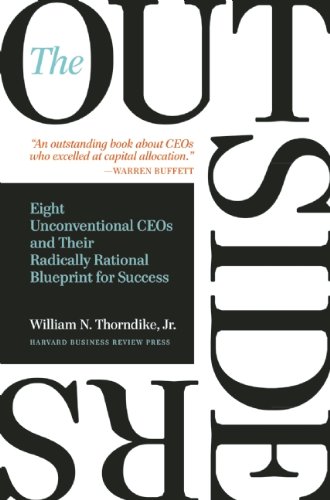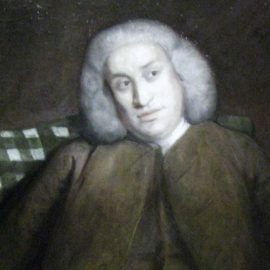

This article is an excerpt from the Shortform summary of "The Outsiders" by William N. Thorndike, Jr. Shortform has the world's best summaries of books you should be reading.
Like this article? Sign up for a free trial here .
Who is Jim Mellor, and how did he contribute to the success of General Dynamics?
Jim Mellor became the CEO after Bill Anders stepped down from the position in 1994. Mellor had worked closely with Anders as his COO, and continued the practices and strategies they’d put in place.
General Dynamics Business Strategies
General Dynamics is an aerospace and defense corporation. After the end of the Cold War, it and many other defense companies faced a large contraction of spending as US national defense priorities shifted. Incoming CEO Bill Anders successfully led a turnaround that made General Dynamics the industry’s profit leader, instilling fundamentals that continue to this day.
Jim Mellor was appointed COO and worked alongside Anders to build and pursue a new strategy. The strategy for General Dynamics had three key ideas:
- The company would only stay in businesses where it could be #1 and #2 (a famous Jack Welch idea).
- The company would leave commodity businesses with low returns.
- The company would stick to its strengths. Namely, it would leave commercial businesses and stick to defense and government contracts.
In his three years as CEO, Anders implemented a rigorous focus on margins and generating more cash:
- He found that the mindset of the company was to make bigger, faster weapons to grow revenue, with little care for shareholders and financial performance. He moved to instill a new mindset of financial performance, emphasizing cash return on capital.
- He made large personnel adjustments. He replaced 21 of the top 25 executives, reduced headcount by 60%, and cut corporate staff by 80%.
- He and Jim Mellor tightened operations by reducing inventory and capital equipment. They found a systemic problem of excess inventory (for instance, having dozens of F-16 plane canopies in a facility that made just one plane a week) as well as duplicate machinery.
These moves produced fantastic returns—$2.5 billion in cash, and a market-leading return on assets.
The other major move Anders employed was selling non-core businesses to other defense companies. He found that competitors were willing to pay premium prices to grow their businesses. Within two years, Anders sold the majority of their business lines, including their F-16 fighter plane division to Lockheed for $1.5 billion. This was unprecedented in the defense industry—observers say Anders was only able to do this because of his credibility in Washington as a military veteran. These sales generated another $2.5 billion in cash. Jim Mellor’s role in this strategy, in addition to helping develop the strategy, was to ensure operations were running smoothly and efficiently, so Anders could focus on growing the business.
What to do with this extra $5 billion in cash? Anders made two moves:
- He paid special dividends to shareholders worth about half of the company’s market capitalization. Even better, because they came from the sale of business units, they were deemed “return of capital” and weren’t taxed as capital gains or ordinary income.
- He used $1 billion to repurchase 30% of company shares.
All of these moves—the generation of billions in cash, and its return to shareholders—made the stock price of General Dynamics shoot up.
Jim Mellor as CEO
After serving as 3 years as CEO, Anders handed the reins to his COO, Jim Mellor. Mellor was known for enforcing results, and followed along the path he and Anders had built.
Jim Mellor continued discipline around operational excellence and selling the last non-core business units.
However, in 1995 he made an uncharacteristic move by buying a navy ship builder for $400 million. After years of the company shrinking, he had kicked off a new era for General Dynamics—one of growth.
After 3 years as CEO, Jim Mellor handed the reins to the company’s general counsel and a key facilitator of Anders’s strategy, Nick Chabraja.
During his time as CEO, Jim Mellor facilitated growth for General Dynamics, and left the company in a great place for the new CEO, Nick Chabraja. By developing and strictly enforcing his business strategy, Jim Mellor grew General Dynamics and set it on a path toward the future.

———End of Preview———
Like what you just read? Read the rest of the world's best summary of William N. Thorndike, Jr's "The Outsiders" at Shortform .
Here's what you'll find in our full The Outsiders summary :
- What great CEOs like Warren Buffett do that average CEOs don't
- How to master the art of capital allocation
- How to be a great manager that your team is excited to work with






